Casablanca is Morocco’s largest city and will provide a vibrant stage for the Africa Cup 2025. As the country’s economic and cultural hub, the city offers not only an impressive stadium and thrilling matches, but also a mix of modern dynamism and centuries-old traditions. On this page, you’ll find everything you need to know about Casablanca as a host city.
Matches in Casablanca
Casablanca will host several matches of AFCON 2025 at Stade Mohammed V. The stadium will see both group stage fixtures and knockout round games. Below is the match schedule for Casablanca.
Stade Mohammed V
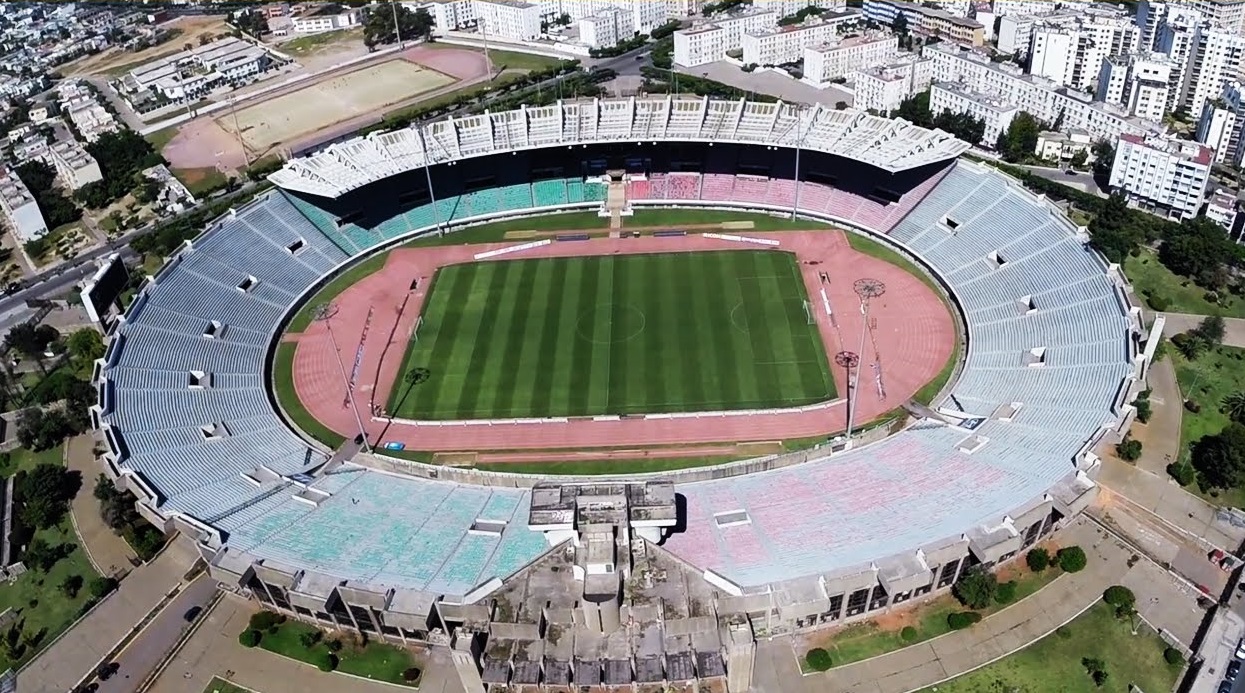
- Group stage: Mali – Comoros
- Group stage: Burkina Faso – Equatorial Guinea
- Group stage: Zambia – Comoros
- Group stage: Equatorial Guinea – Sudan
- Group stage: Comoros – Mali
- Group stage: Sudan – Burkina Faso
- Round of 16: 2 A – 2 C
- Third-place playoff: L 49 – L 50
AFCON 2025 Team Hotels in Casablanca
During the tournament, Casablanca will not only be a buzzing host city but also a temporary home base for several national teams. These hotels provide comfort and rest for players while being strategically located close to stadiums and training facilities. Below is an overview of the teams staying in Casablanca and their hotels during the competition.
Mali – Barceló Anfa
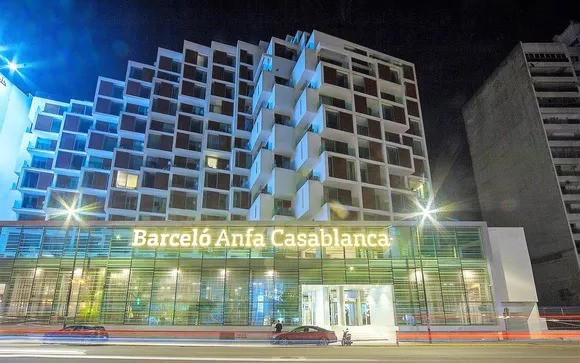
The team of Mali will stay at the Barceló Anfa, a sleek city hotel with contemporary design accents and a calm, bright atmosphere. Its central location in the Anfa district makes it an ideal base.
Zambia – Sofitel Tour Blance
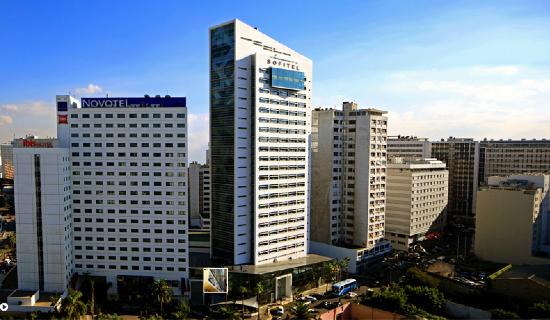
Zambia will stay at the Sofitel Casablanca Tour Blanche, where French elegance meets modern luxury. The rooms offer a serene, refined design, with beautiful views of the skyline and the ocean.
Comoros – Radisson Blu Hotel
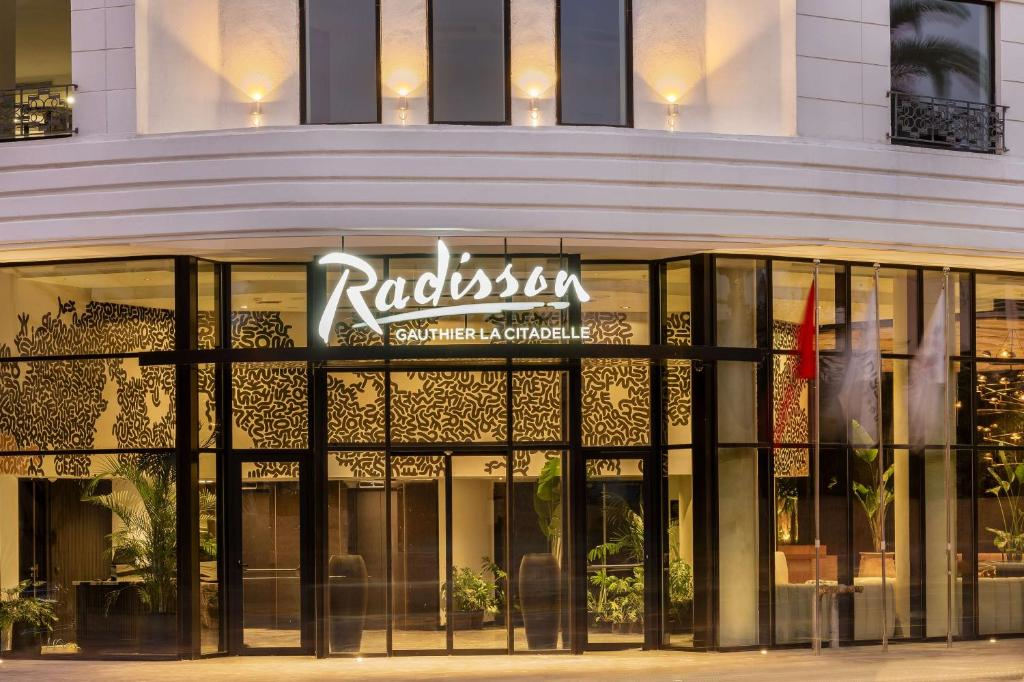
The Comoros team will stay at the Radisson Blu Hotel, a modern city hotel with a fresh, minimalist look. Spacious, functional rooms and efficient service make it a convenient choice.
Egypt – Hyatt Regency
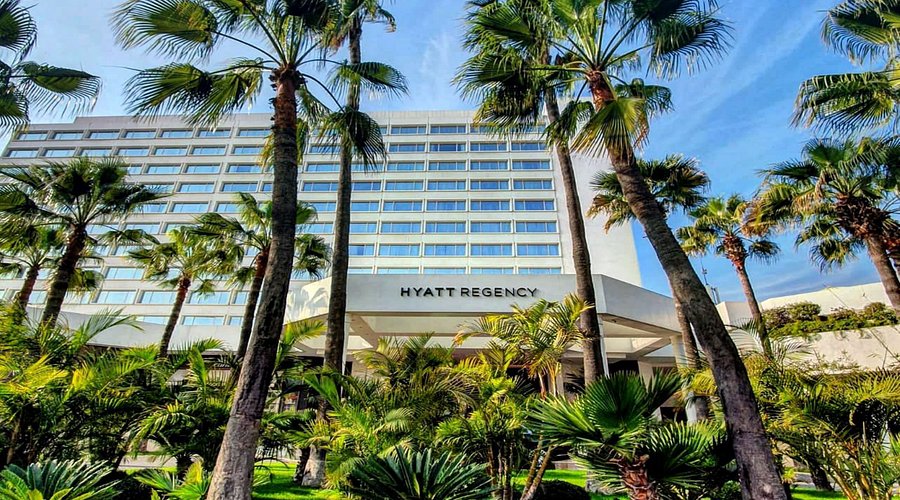
Egypt has chosen the Hyatt Regency Casablanca, an iconic hotel located near the old medina and Place des Nations Unies. The interior combines timeless class with modern comfort.
Burkina Faso – Le Casablanca Hotel
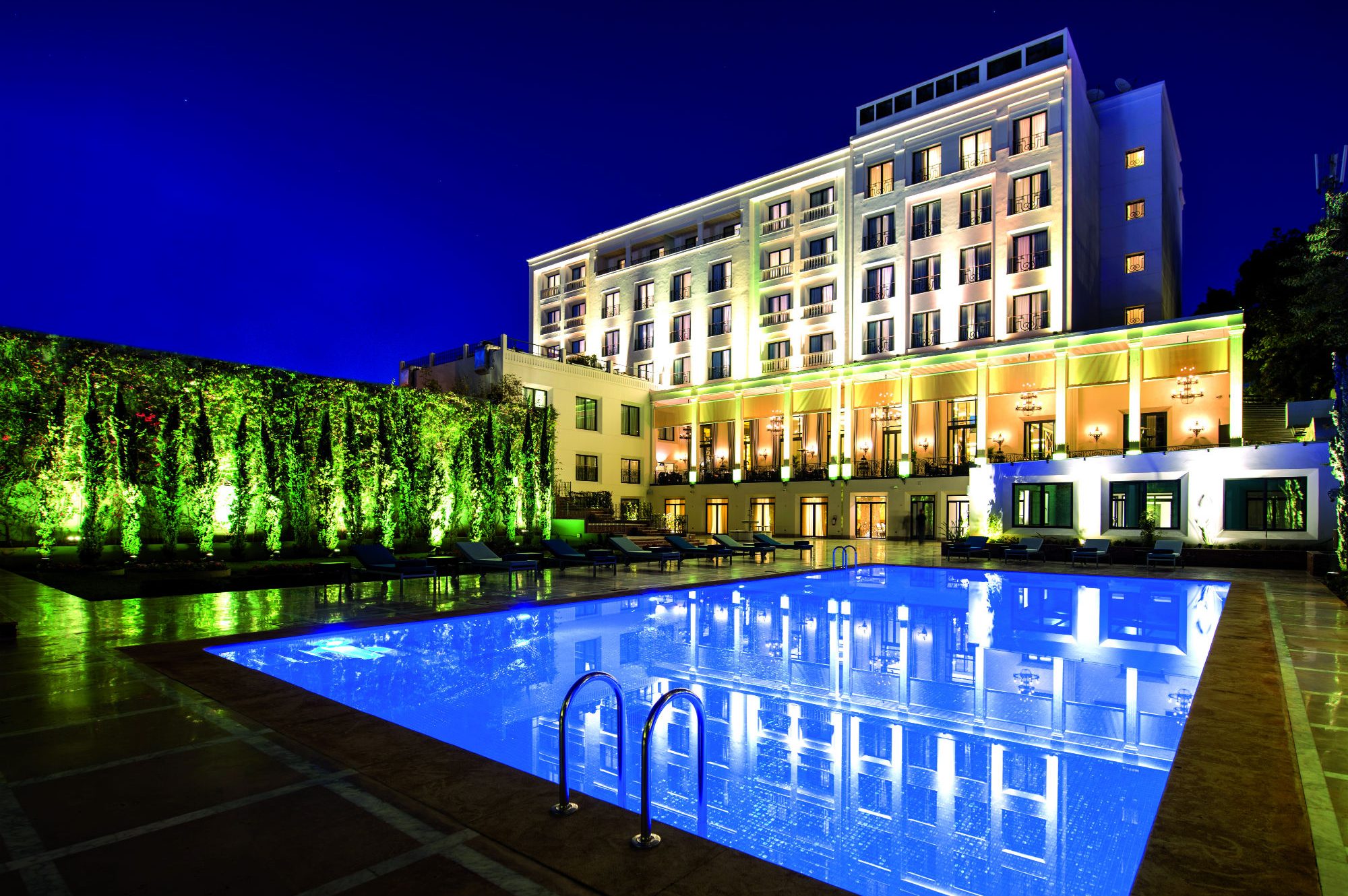
The team of Burkina Faso will stay at Le Casablanca Hotel, a chic boutique property styled like an elegant city villa. Leafy corners and refined details create an intimate, exclusive atmosphere.
Equatorial Guinea – Casablanca Marriott
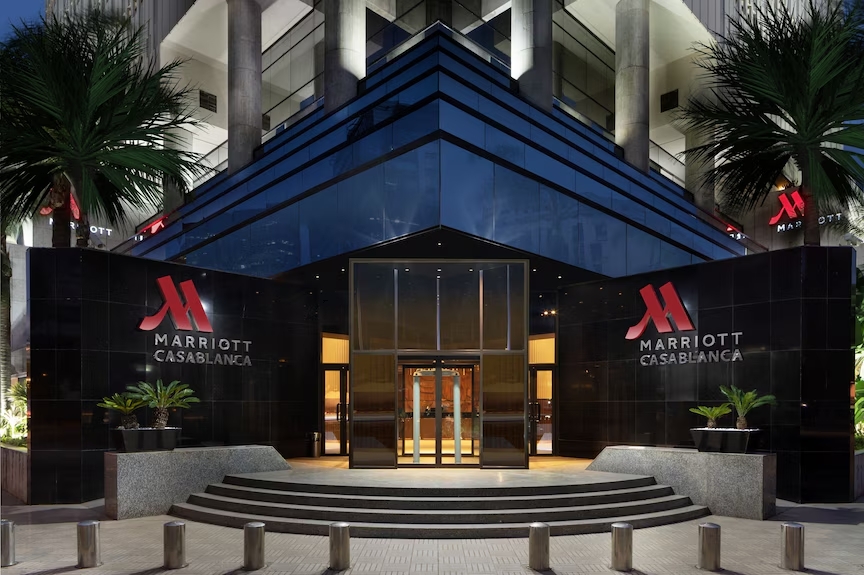
Equatorial Guinea will be based at the Casablanca Marriott, a contemporary hotel with spacious rooms and a sophisticated, international style.
Sudan – Marriott Hotel Courtyard
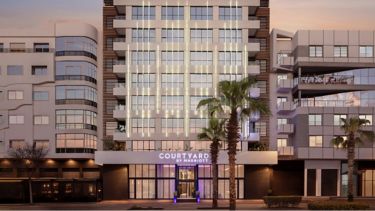
The Sudan team will stay at the Courtyard by Marriott Hotel, focused on functionality and comfort, with smart workspaces, relaxed dining options, and fresh, modern room designs.
Accessibility
Casablanca is a lively metropolis on Morocco’s Atlantic coast and one of the easiest cities in the country to reach. With its modern infrastructure and well-connected transport network, both international visitors and domestic travelers can get there without hassle.
Flying to Casablanca
From Rotterdam, TUI Fly operates direct flights to Casablanca, while Amsterdam Schiphol also offers several nonstop options, including with Transavia. Brussels and Düsseldorf airports provide frequent connections as well.
The city is served by Mohammed V International Airport (CMN), located about 45 minutes from the center. Taxis are readily available, but the ONCF train is often the smarter choice, comfortable, affordable, and just as quick, dropping you at Casa-Voyageurs or Casa-Port station in under an hour.
Train to Casablanca
Casablanca also plays a central role in Morocco’s railway network. The main station, Casa-Voyageurs, is the hub for long-distance routes. With ONCF’s modern and frequent services, it’s easy to travel to other major cities: Rabat in about an hour, Marrakesh in roughly two and a half hours, and Fes in just over five hours.
Transport within Casablanca
Once you’re in the city, getting around is straightforward:
- Trams: Four modern lines (T1–T4) connect key neighborhoods.
- Busway and buses: Express routes and a broad bus network cover most of the city.
- Taxis: Red petit taxis are ideal for short trips and run on the meter, while white grand taxis are better for longer journeys or shared rides.
Sights in Casablanca
Casablanca is more than just Morocco’s financial capital, it’s a city where sea air, Art Deco landmarks, and modern urban energy come together. Between lively markets, grand boulevards, and the breezy seafront, you’ll discover a mix of heritage and creativity. Here are some must-sees.
Hassan II Mosque
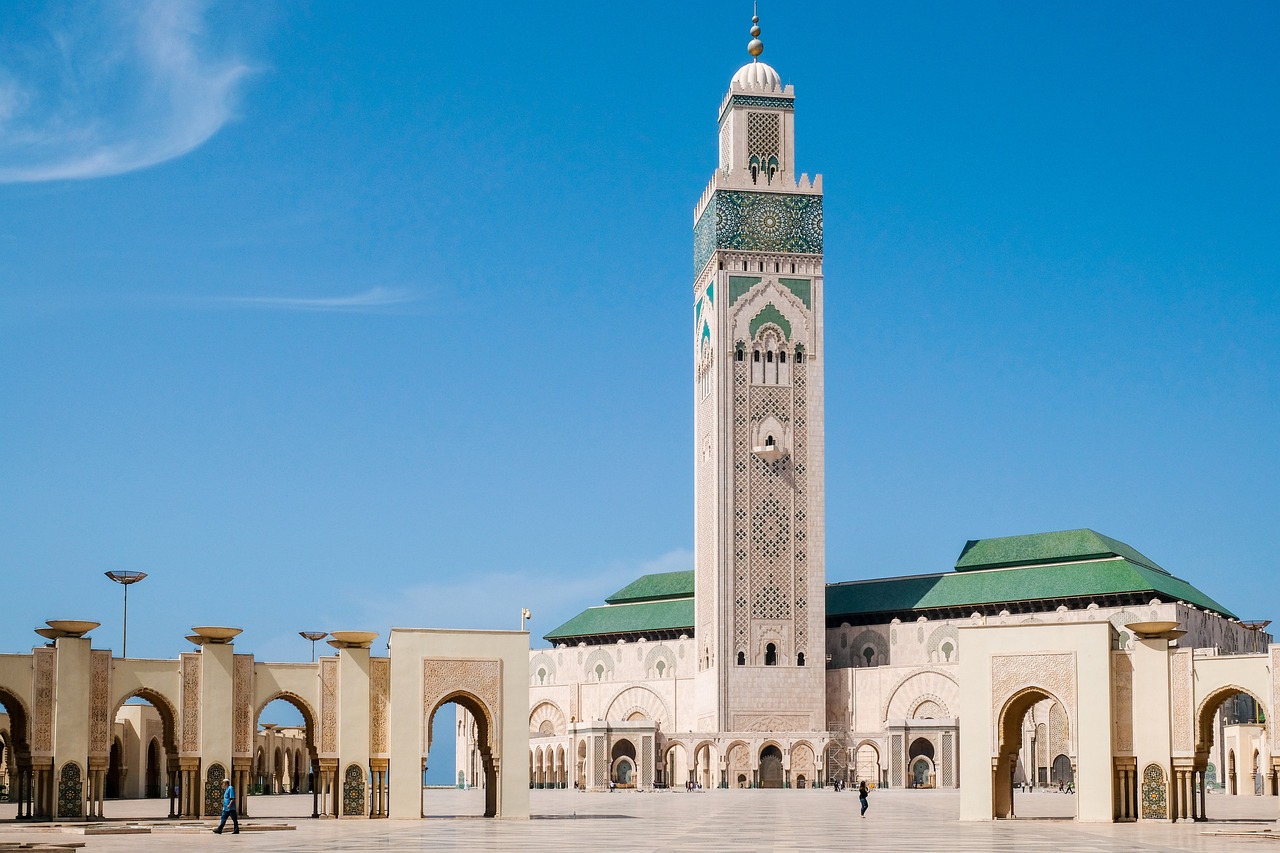
The undisputed icon of Casablanca, the Hassan II Mosque rises dramatically above the Atlantic, with part of its structure built over the ocean. Its soaring minaret, intricate zellij tiles, carved cedar ceilings, and marble floors make it one of Morocco’s most impressive monuments. Unlike many mosques in the country, this one welcomes non-Muslim visitors on guided tours, giving a rare glimpse inside its stunning interior.
Quartier Habous (New Medina)
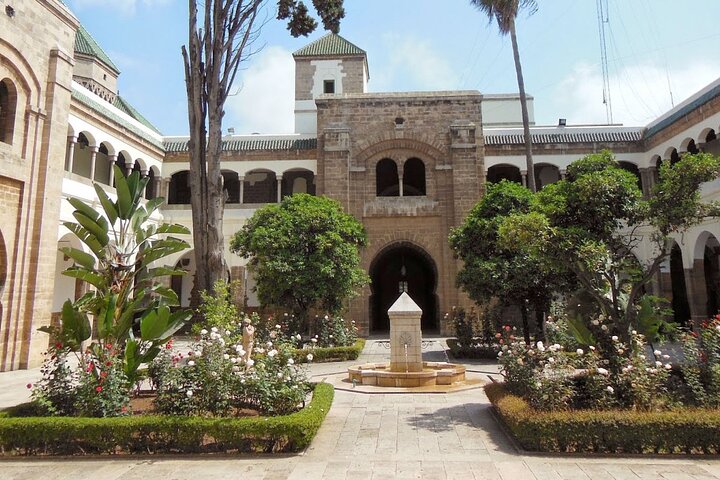
Known as the “New Medina,” Quartier Habous blends the atmosphere of a traditional souk with the orderly design of the 20th century. Its arcades and courtyards are lined with craft shops, bakeries selling sweet kaab el ghzal, and cozy bookshops. It’s an excellent spot to pick up local goods while enjoying a calmer, more refined side of the city.
Mohammed V Square
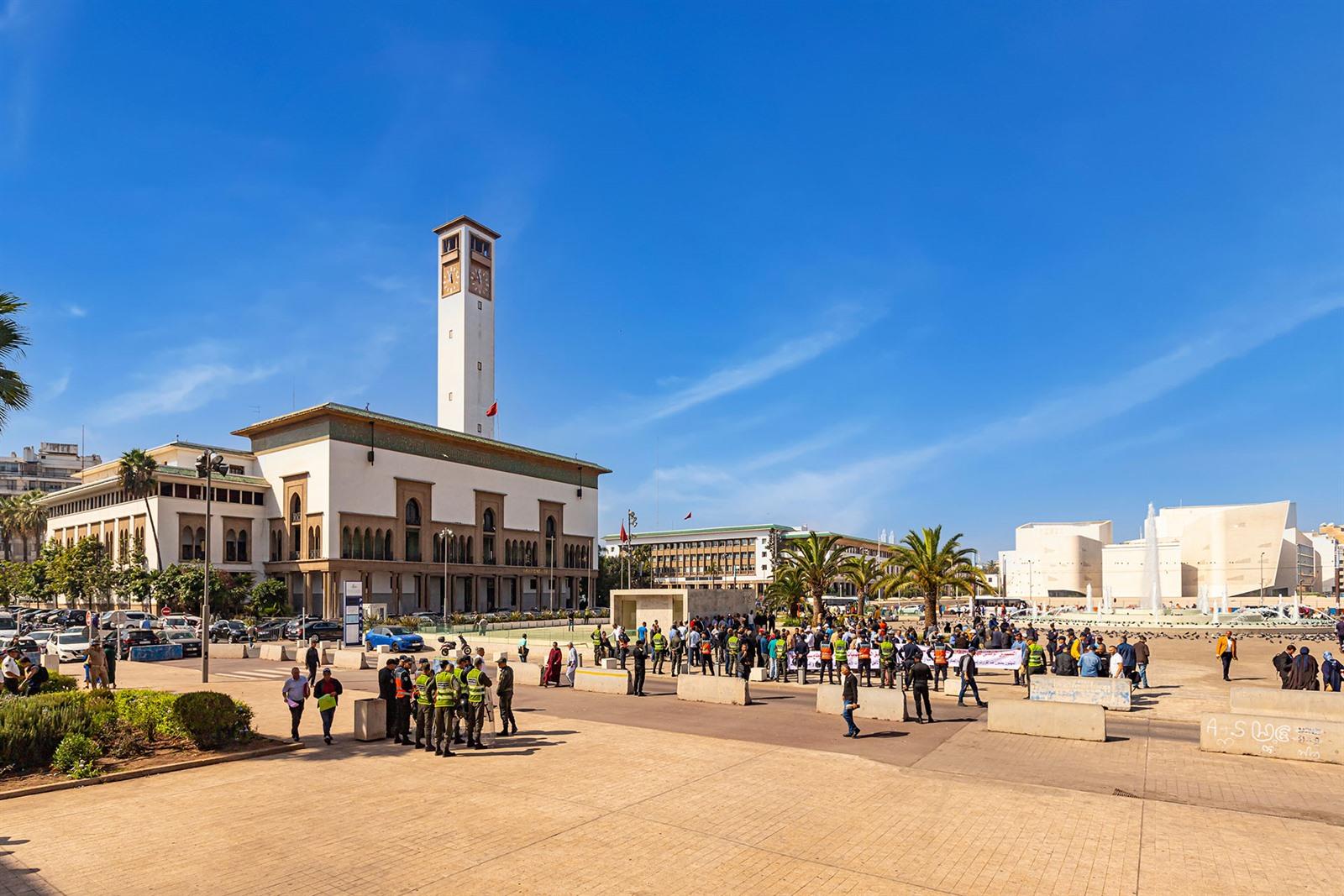
Around Mohammed V Square, you’ll find Casablanca’s famous Art Deco architecture: white façades with geometric patterns, wrought-iron balconies, and palm-lined avenues. Government buildings, historic cinemas, and bustling cafés showcase the modernist spirit that shaped the city in the early 20th century. A perfect area for architecture lovers and street photography.
La Corniche & Ain Diab
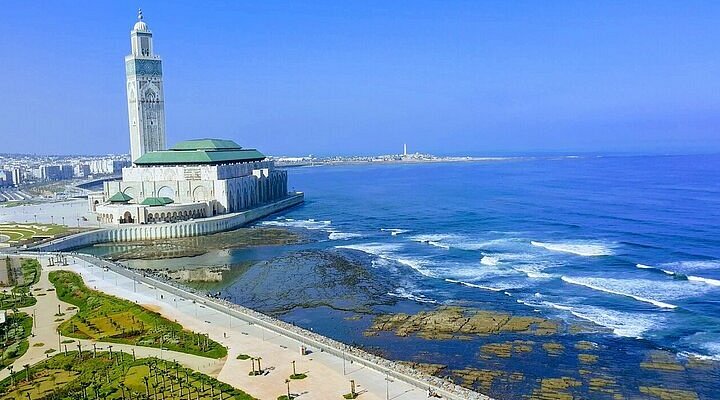
Running along the Atlantic coast, La Corniche is a seaside promenade where you can spot surfers, relax in beach clubs, or enjoy fresh seafood with an ocean view. As the sun sets, the sky glows and locals gather to stroll or exercise. It’s one of the best places in Casablanca to slow down and soak in the coastal atmosphere.
Musée Abderrahman Slaoui
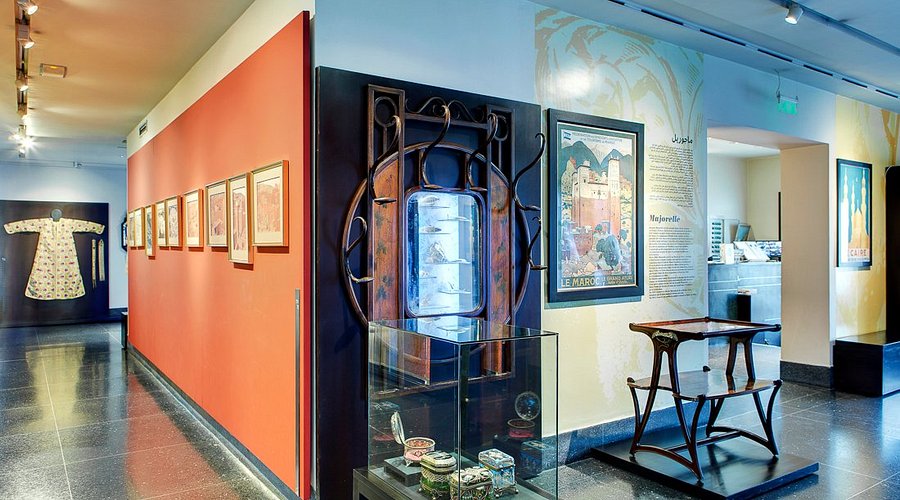
Set inside an elegant mansion, the Villa des Arts museum houses a carefully curated collection of Moroccan jewelry, posters, glasswork, and everyday objects. It offers an intimate look at the country’s design and cultural heritage from the 19th and 20th centuries. Not a mainstream attraction, but exactly for that reason, a hidden gem for anyone who appreciates art with a story.
